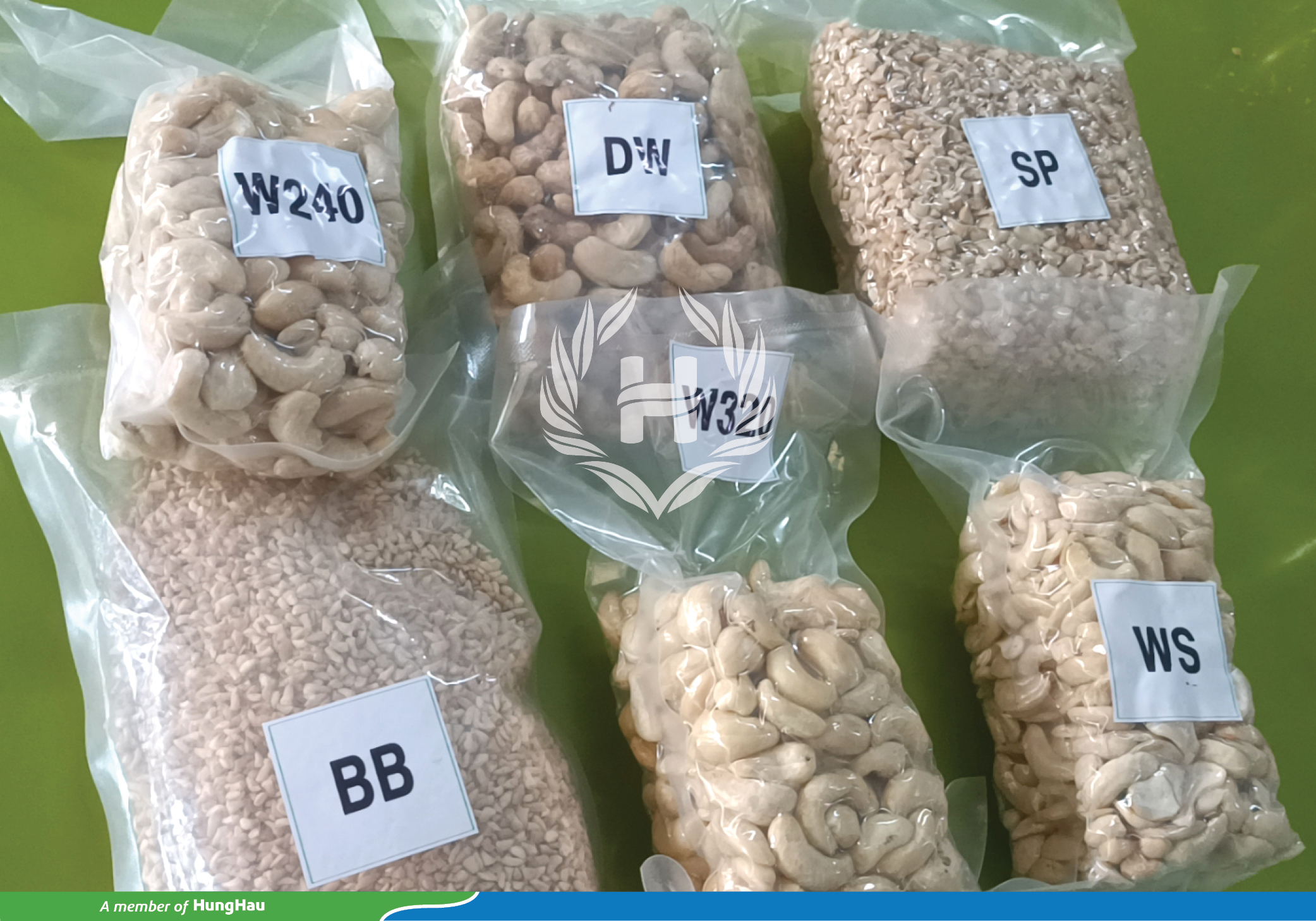Events, News, Vietnam Seafood
Coffee Prices Increase Strongly: Price Push Momentum Is Long, Vietnamese Coffee Reaches Record Turnover
It increased sharply after a slight correction, when inventory on two derivatives exchanges continued to be at a very low level. Vietnam’s new crop is not expected to be traded on the market soon. Buying pressure began to dominate as investors increased their holdings of buying positions. Meanwhile, concerns about the outlook for coffee supply in Brazil also supported the price recovery.
After a slight adjustment session, coffee prices on the two floors turned up sharply. Regarding the cause, according to expert Nguyen Quang Binh, it is due to two “hot” things. The first “hot” thing, the expert said, is that this week the heat is at its peak in many coffee-growing regions of Brazil. Next is the “hot” thing in the psychology of coffee producers and traders. Most believe that the Fed’s interest rate hike cycle has ended, and the USD is no longer anchored at high levels.
In actual market developments, the strong increase also comes from the deep decline in inventory on the two floors and the expected slow release of new Vietnamese goods for trading. The Vietnam Coffee and Cocoa Association predicts that the 2023–24 coffee crop will be harvested later than the previous crop. Currently, Vietnam ranks 6th in the world in terms of coffee-growing area. However, thanks to the highest productivity in the world, Vietnam has the second-largest annual coffee harvest globally.
Vietnam exports coffee to more than 80 countries and territories. The EU is still the largest coffee export market, accounting for 38% of the country’s total coffee export volume. The supply of new crops is expected to decrease by about 10% in the context of record heat, causing a serious decline in Brazilian coffee production that is unable to meet world demand. Record-high weather in Brazil’s main coffee-growing region could last the rest of this week.

While the coffee tree is in the blooming and fruiting stages, too high a temperature will prevent the tree from growing well, thereby causing concern that the new crop’s coffee output will be low. The rising real also prevents Brazilians from selling coffee for export. The Vietnam Coffee and Cocoa Association forecasts that the 2023–24 coffee crop will be harvested later than the previous crop. Inventory report on November 14: ICE-London floor added 590 tons to register at 38,100 tons, an increase of 1.57% compared to the previous day.
Reported CPI figures in the US were slightly lower than expected, and core inflation for the year was lower than estimated, leading to speculation that the US Federal Reserve (FED) will end its interest rate hike cycle at its next meeting. This causes the USD’s role as a haven to weaken, and money flows to other markets, thereby stimulating speculators to increase their net buying positions.
Coffee Exporters Association (Cacafé): Brazil reported October export data reaching 4.4 million bags, up 21% over the same period last year, of which Conilon Robusta coffee exports increased to 479.5% over the same period in 2022. Concerns about high temperatures hitting the Arabica coffee region in the south are still on the radar of observers.
Notably, Vietnam and Indonesia also increased their imports of Robusta from Brazil, with an increase of 565.3% and 123.2%, respectively, in the first 10 months of this year. Declining supply will continue to be the driving force behind pushing up coffee export prices. Vietnam currently ranks 6th in the world in terms of coffee area (after Brazil: 1.9 million hectares; Indonesia: 1.2 million hectares; Colombia, Ethiopia, and Ivory Coast each have around 800,000 hectares).
However, thanks to Vietnam’s coffee yield being the highest in the world, 2.8 times higher than Indonesia’s coffee yield, Vietnam has the second largest annual coffee harvest in the world, reaching 1.75–1.85 million tons.
Source: Tincaphe.com



 Tiếng Việt
Tiếng Việt